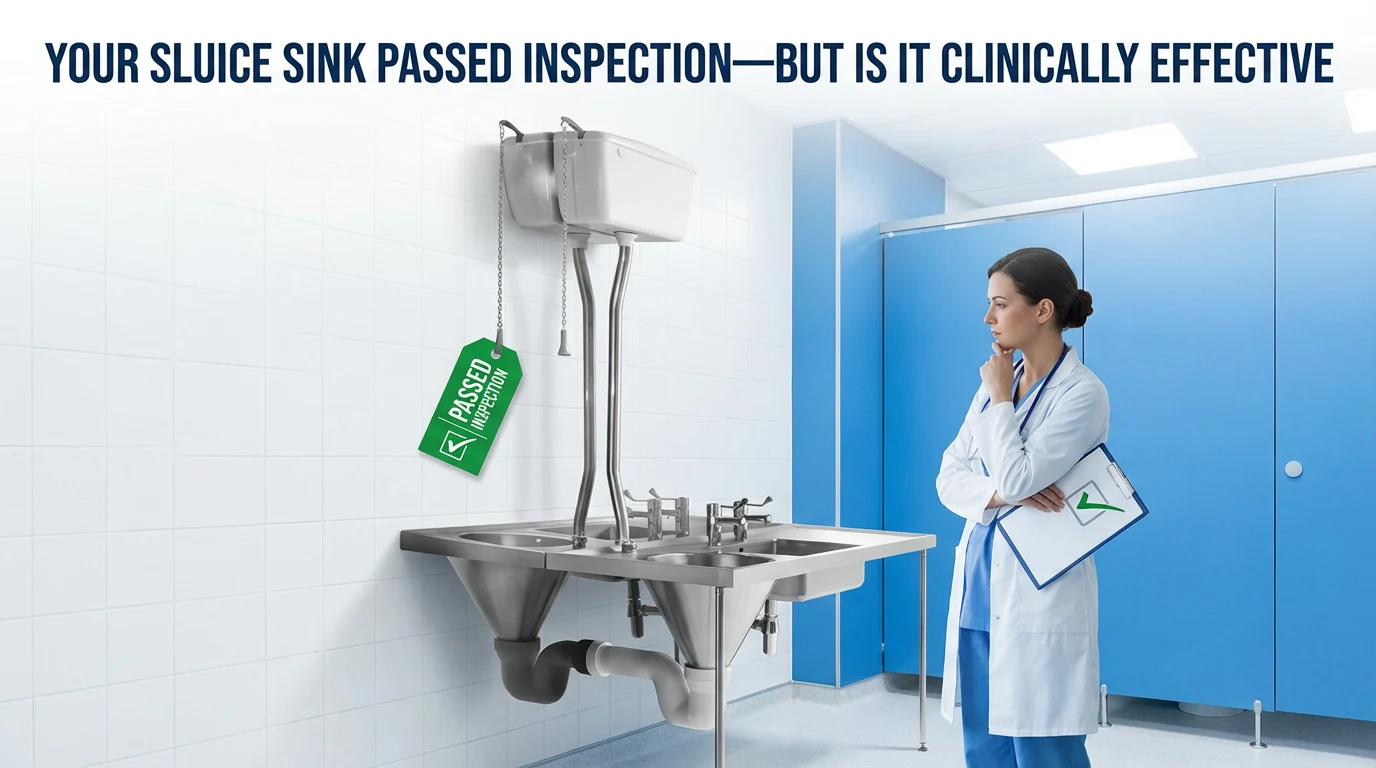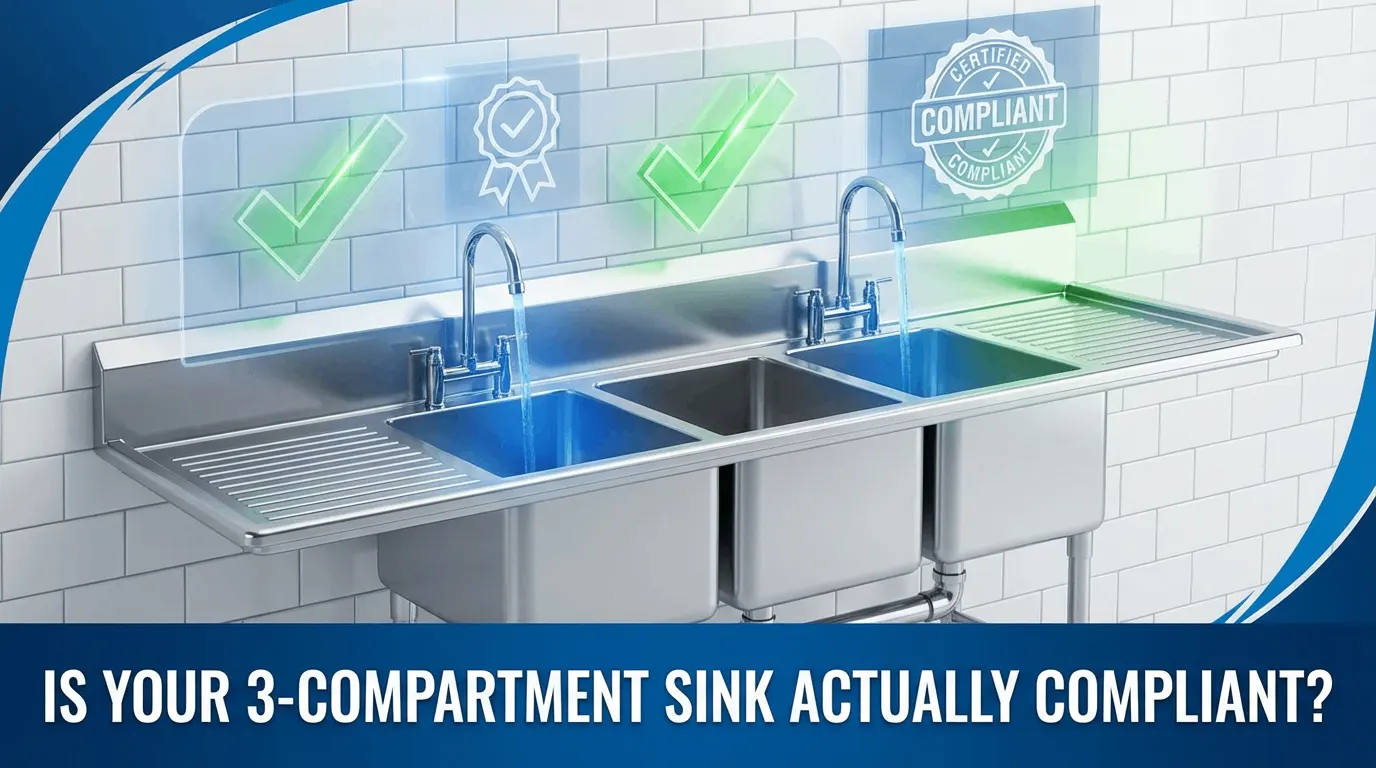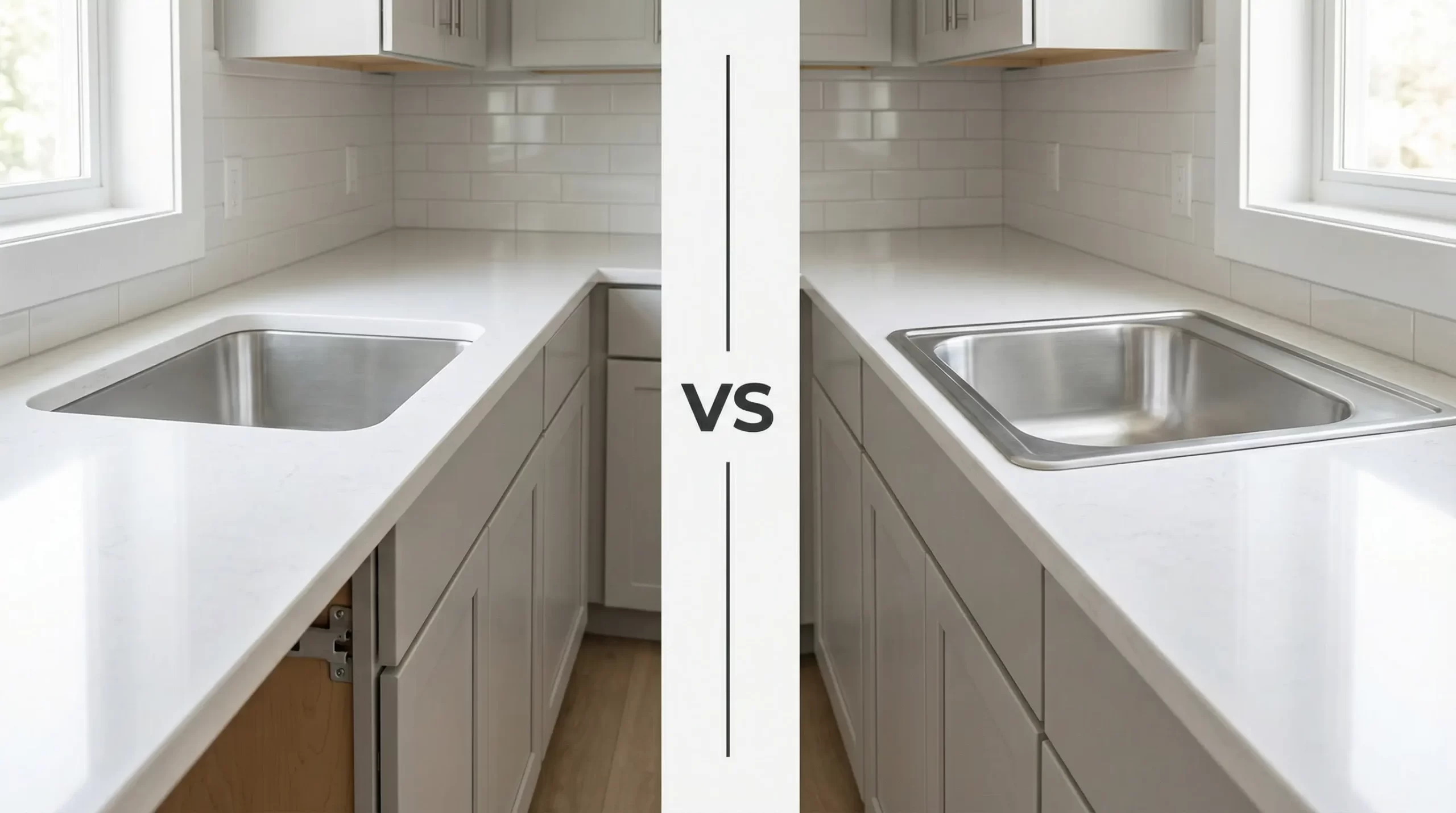Commercial Kitchen Sinks: FAQs
Commercial kitchen sinks should be made of durable materials, of appropriate size, with a reasonable layout, adequate maintenance, and timely resolution of leaks and odors to ensure efficiency and hygiene.
Basics of Commercial Kitchen Sinks
In a commercial kitchen, the sink is a total MVP—way different from your average home kitchen sink. Picture this: a bustling restaurant where the sink’s gotta handle a nonstop parade of dirty dishes and heavy-duty cleaning. That’s why commercial kitchen sinks are built tougher, bigger, and smarter in terms of materials, size, and functionality.
So, what sets a commercial stainless steel sink apart from a home one? It’s all about durability and practicality. These sinks are usually made of 304 or 316 stainless steel—top-notch stuff that fights rust and keeps bacteria at bay. Home sinks, on the other hand, lean more toward looking pretty, with less focus on hardcore materials. Commercial sinks are also larger and deeper because washing piles of dishes and pots is just another day at the office in a restaurant.
Here’s a rundown of the must-have sink types for a commercial kitchen:
- Single Compartment Sink: Perfect for small joints or specific tasks like prepping veggies or ingredients.
- Double Compartment Sink: A mid-sized restaurant’s best buddy—one side for washing, the other for rinsing.
- Three Compartment Sink: The gold standard for big kitchens—wash, rinse, and sanitize in one smooth flow.
- Mop Sink: Made for rinsing mops and cleaning tools to keep the place spotless.
- Hand Sink: A must for staff to wash hands on the fly, keeping health codes happy.
Size and depth matter too—check out these standard specs:
- Single Compartment Sink: 45-60 cm wide, 25-30 cm deep.
- Double Compartment Sink: 40-50 cm per compartment, 90-120 cm total width, about 30 cm deep.
- Three Compartment Sink: Around 40 cm per compartment, 120-150 cm total width, 30-35 cm deep.
Picking the right size isn’t just about convenience—it’s a hygiene thing too. Studies show a deep enough sink cuts water splash by 30%, keeping your workspace cleaner.
On the rules front, commercial kitchen sinks need NSF certification to prove they’re safe for food handling. Materials have to meet ANSI standards for thickness and toughness. Local health codes might demand stuff like a hand sink or a grease-trapping sink to avoid clogs. The EU’s EN 1672-2 standard even says sinks can’t have hard-to-clean corners where bacteria can hide.
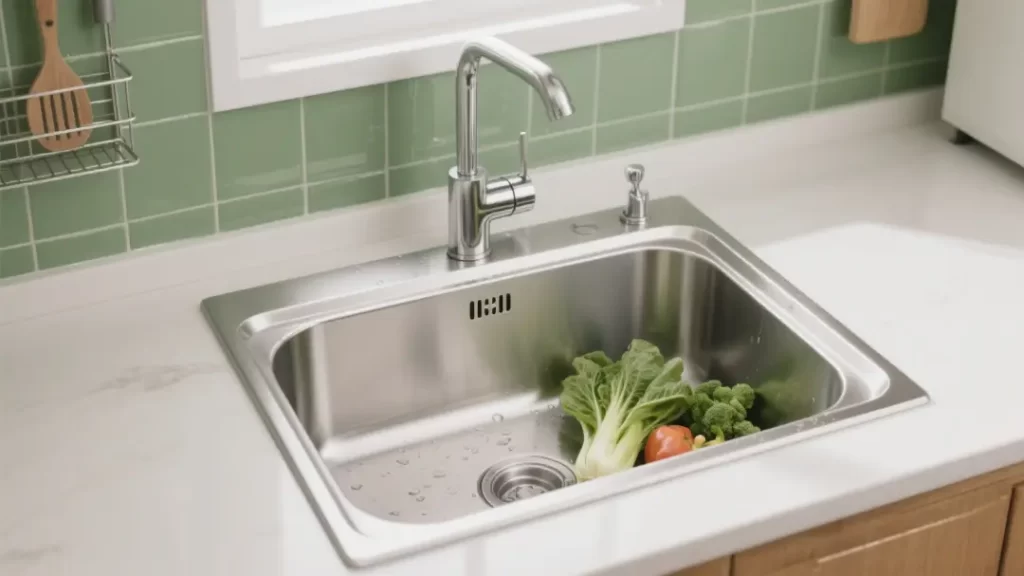
Key Factors for Choosing a Commercial Kitchen Sink
Picking the right commercial kitchen sink can boost efficiency and cut long-term costs. It’s all about weighing your options smartly.
Start with your restaurant’s type and size. Small spots can get by with a single compartment sink for basic washing. Mid-sized places love a double compartment sink for splitting wash and rinse duties. Big kitchens or chains? You need a three compartment sink for the full wash-rinse-sanitize routine.
Different setups have unique needs too—like a bar sink for the bar area or a mop sink for the back-of-house cleaning zone.
Material’s a big deal. Here’s a quick pros-and-cons breakdown:
- Stainless Steel:
- Pros: Rust-proof, easy to clean, bacteria-resistant.
- Cons: Pricier, especially high-grade stuff.
- Best for: Pretty much any commercial kitchen.
- Copper:
- Pros: Looks slick, naturally fights bacteria.
- Cons: Oxidizes easy, high maintenance costs.
- Best for: Fancy restaurants or bars.
- Composite Materials:
- Pros: Cheap, lots of style options.
- Cons: Not tough enough for heavy use.
- Best for: Low-demand spots.
For stainless steel, 304 is the go-to for its bang-for-buck durability, while 316 steps up corrosion resistance—great for seafood joints or acidic environments. Sure, 316 costs 25-35% more, but it lasts 30% longer, which might pay off down the road.
Match sink capacity to peak-hour needs too. When it’s busy, you’ve got stacks of plates and pots. Here’s a simple guide:
- Small Restaurants (under 50 daily guests): Single or small double sink, up to 50 liters.
- Mid-Sized (50-150 guests): Double sink, 40-60 liters per compartment.
- Large (150+ guests): Three compartment sink, 100+ liters total to handle the rush.
Before you buy, run this checklist:
- Does it fit your restaurant’s size and needs?
- Is the material tough and sanitary?
- Does the size and capacity match your space and water use?
- Got all the essentials like faucets and strainers?
Installation and Layout Tips
Where you put your commercial kitchen sink depends on workflow. A stainless steel sink for dishes? Stick it between the dining and cooking zones so dirty plates from both sides land there easy. Big kitchens can carve out a washing station with a three compartment sink for the full clean-rinse-sanitize deal. Hand sinks go near food prep areas for quick staff handwashing to dodge cross-contamination.
For hygiene, installation’s gotta be spot-on. The surface needs to be level—max 2 mm/meter off—or water pools up. Set the sink height at 85-95 cm for ergonomic comfort and less fatigue. A 15 cm backsplash keeps water off the walls.
Seams between the sink and wall need high-quality silicone sealant to stop leaks and mold. Swap it out every 2-3 years. Keep the under-sink area dry and airy—dampness breeds trouble.
Bad drainage design is a nightmare. Watch for weak slopes, skinny pipes, or poorly placed cleanouts. Aim for a 1/50 to 1/100 slope so wastewater flows smooth. Pipes should be at least 5 cm wide for commercial use.
Key drainage specs:
- Slope: 1/50-1/100
- Main Pipe Diameter: 5 cm minimum
- Elbow Angle: 45° max
- Cleanout Spacing: 15 meters max
Good accessories boost efficiency. Go for heavy-duty faucets—pull-out sprayers rock in big kitchens. Sensor faucets are hot in busy spots, saving 30% on water while keeping things clean. Strainers protect pipes and extend life; multi-stage filters are trending for cutting impurities and odors.
For garbage disposals, match power to scale: 3/4 horsepower for big places, 1/2 for smaller ones. Check local regs—some areas ban them. When used right, they cut solid waste by 12-18%.
Compatibility matters. Faucet threads must fit sink holes, or you’ll leak. Use pro-grade seals on drain joints to block odors and spills. Designers say sticking to one brand slashes compatibility headaches by 80%.
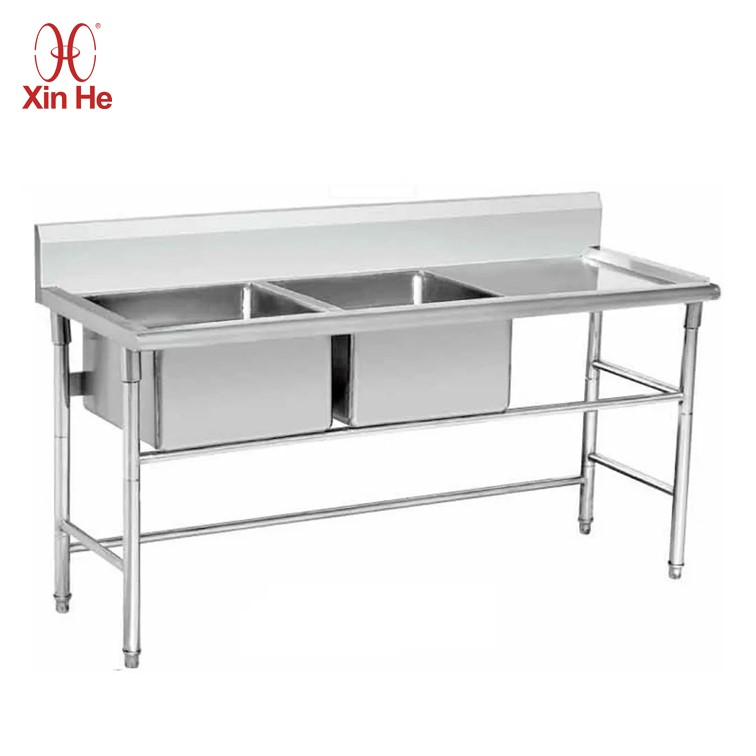
Maintenance and Care
Daily cleaning’s a must for commercial kitchen sinks. Wipe surfaces, clear debris, and disinfect. Stainless steel’s tough but needs TLC. Clean after peak hours and do a full sanitize at day’s end. Use mild cleaners and soft cloths—no chlorine bleach or steel wool, which scratch or corrode. Studies show chlorine ups oxidation risk by 60%.
Water scale and rust are big foes. Scale comes from hard water minerals, worse in hot climates. Soak it with diluted vinegar; stubborn stuff needs food-safe descalers. A water softener helps—research says water over 200 mg/L hardness speeds scale buildup and cuts life by 20%. Rust hits where acidic stuff like lemon juice lingers—wipe it quick and use food-grade stainless steel oil for a 30-40% corrosion boost.
Clogs suck. Use a strainer to catch debris and hit pipes weekly with bio-enzymes to break down gunk without harm. If it’s blocked:
- Snake it with a hand tool for light-to-medium clogs.
- Blast 85% of loose stuff with a pressure washer.
- Melt 70% of grease clogs with hot water and alkaline cleaner.
- For bad ones, pull the trap—slow but thorough.
To extend life, don’t toss scorching pots in—sudden heat cracks steel. Swap seals and fittings regularly and check for rust or wear quarterly. Data says this cuts emergency fixes by 65%. Hard water areas? A pre-filter adds 25-30% to sink and pipe life.
Troubleshooting Common Issues
Leaks
- Seam Leaks: Old or bad sealant. Scrape it off, clean, and reapply food-grade silicone at a 45° angle.
- Drain Leaks: Loose nuts or worn gaskets. Tighten up or replace—28% of leaks fix with a twist.
- Cracks: Impact or fatigue. Seal small ones; over 0.5 cm, 70% re-crack, so replace.
- Faucet Base: Old O-rings or loose nuts. Swap rings every 12-18 months to dodge 85% of leaks.
Odors
- Drain Buildup: Organic gunk. Pour in bio-enzymes, wait 6-8 hours, flush hot—95% gone.
- Dry Trap: Unused sinks let sewer gas up. Add water every 2-3 days; dry spots need it in 3-5.
- Crevice Grime: Bacteria hideouts. Brush with baking soda mix or steam it—99.6% kill rate.
Heavy-Use Damage
- Loose Supports: Tighten bolts; add bracing if bent for 45-60% more strength.
- Scratches: Buff light ones with stainless cream; deep ones (over 15% thickness) weaken rust resistance.
- Bent Edges: Fix minor bends; over 5% deformation drops strength 20-30%, swap parts.
Failing Health Inspections
- Bacteria Hotspots: Edges, overflows, drains. Deep clean with food-safe disinfectant—10-15x germier than surfaces.
- Water Quality: Add filters (carbon or UV) for 98% impurity, 85% contaminant cuts.
- Cross-Contamination: Separate uses with barriers or labels—cuts risk by 60%.


